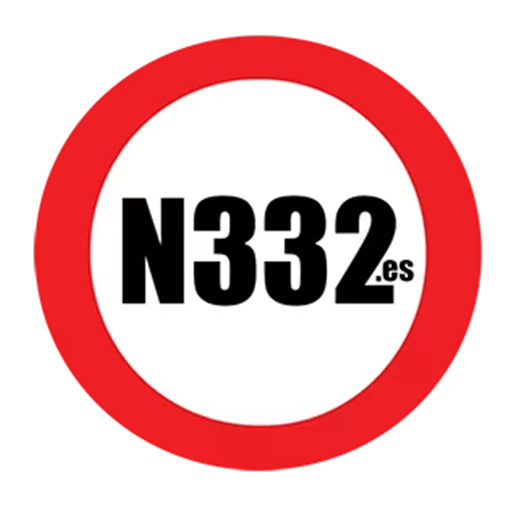If you receive a traffic fine but you were not the person driving the vehicle at the time, you are legally obliged to identify the person who committed the offence, and failure to do so can increase the fine and cause you more `problems in the future.
This obligation affects both individuals and businesses. It’s especially relevant when the vehicle has been used by someone else, whether a family member, employee, or customer, as in the case of fleet or rental vehicles.
Contents
Legal obligation to identify the driver
The Road Safety Law is clear: if you are not the one who committed the violation, but the vehicle is registered in your name, you must provide the actual driver’s information. This way, the DGT can correctly assign the fine to the responsible party.
You’ll need to provide the driver’s full name, ID or driver’s licence number, and a valid address. For foreign drivers, a copy of their driver’s licence or international driving permit must also be included, depending on their country of origin.
What happens if you don’t identify the driver?
Failure to provide driver information within the specified timeframe can be costly. If the original violation was minor, the fine for failure to identify the driver is doubled. If it was serious or very serious, the fine can triple. And all this without the option of a prompt payment bonus.
Furthermore, refusing to cooperate with the process can have more serious administrative consequences, such as appearing in public records of defaulters or having other procedures with the DGT or the administration blocked.
When should the driver be identified?
These are the most common situations in which the DGT requires driver identification:
- Fines for parking without the driver being present.
- Infractions detected by radar or cameras (speeding, using a mobile phone, not wearing a seat belt, etc.).
- Reports not handed in by hand, for example, when the officer does not stop the car at the time of the violation.
In all these cases, the notification reaches the vehicle owner, who must identify the driver to the DGT within the specified period (normally 20 calendar days).
Companies and fleets: penalty management
For vehicle rental or fleet management companies, DGT driver identification is a common task. Many companies hire external services specialising in fines and notifications, which are responsible for issuing fines, identifying the driver, and, if necessary, processing appeals.
This type of service not only prevents higher fines, but also saves time and paperwork. Furthermore, these companies can integrate tools such as the Electronic Road Administration (EDA), manage fuel cards, or automate fine invoicing.
Avoid major penalties: comply with identification
The key to avoiding problems is to act quickly. Once you receive the notification, check who was actually driving the car and respond promptly with all the information required by the DGT. You can do this easily from their website, without having to travel.
Remember: if it wasn’t you, you shouldn’t have to pay the fine. But if you don’t cooperate in the process, you’ll end up paying triple the price. Identifying the driver is a legal obligation, but also a way to protect your rights as the vehicle owner.
Discover more from N332.es - Driving In Spain
Subscribe to get the latest posts sent to your email.
